Jean-Baptiste Clésinger (1814-1883) approves sculpture alongside his father, the academic sculptor Georges-Philippe Clésinger (1788-1852) who studied art and took him to Rome in 1832, then he became a pupil by the Danish artist Bertel Thorvaldsen (1770-1844) who influenced him strongly. He returned to Paris then stayed in Switzerland, Florence, Besançon before returning to Paris in 1845. Auguste Clésinger made his first exhibition at the Paris Salon in 1843, he married Solange Dudevant, the daughter of George Sand. Auguste Clésinger proves to be provocative in the subjects he treats and the way in which he realizes "The woman stung by a snake" (Musée d'Orsay) caused scandal at the salon of 1847. He is accused of the indecency and eroticism of subject and especially to have made a molding on the nature of the worldly Apollinie Sabatier. In response to these accusations, he performed a very sensual "Bacchante couché", a slightly larger than life variant, which was presented at the salon in 1848 and considered by Théophile Gautier as "one of the most beautiful pieces of modern sculpture". Auguste Clésinger moved to Rome until 1864 from where he dispatched works in a neo-antique style which earned him numerous distinctions.
Ferdinand Barbedienne moved to Paris in 1822, his meeting with Achille Collas (1795-1859) dates from those years. Collas and Barbedienne joined forces and opened a foundry in 1838. Barbedienne, very interested in the innovative techniques favored by the government of Louis-Philippe, actively participated in the romantic movement. The taste of history and that of Gallo-Roman archeology spread at the same time as that of ancient bronzes. Achille Collas had also invented a mechanical process which made it possible to reproduce mathematically, using a reducer, or pantograph, the sculptures in the round. This invention was considered from the start to be as important as that of the daguerreotype. The house of Collas et Barbedienne sold plaster reductions of the Venus de Milo for some time, then specialized in the production of bronzes after the antique. At the London international exhibition in 1851, then at that of Paris in 1855, the house, registered under the name of Barbedienne, won numerous medals. She then presented reductions according to the antique, the Renaissance, the 18th century and according to certain modern sculptors like Bosio, David d'Angers, Clesinger and Frémiet, with Barbedienne signing exclusive contracts.



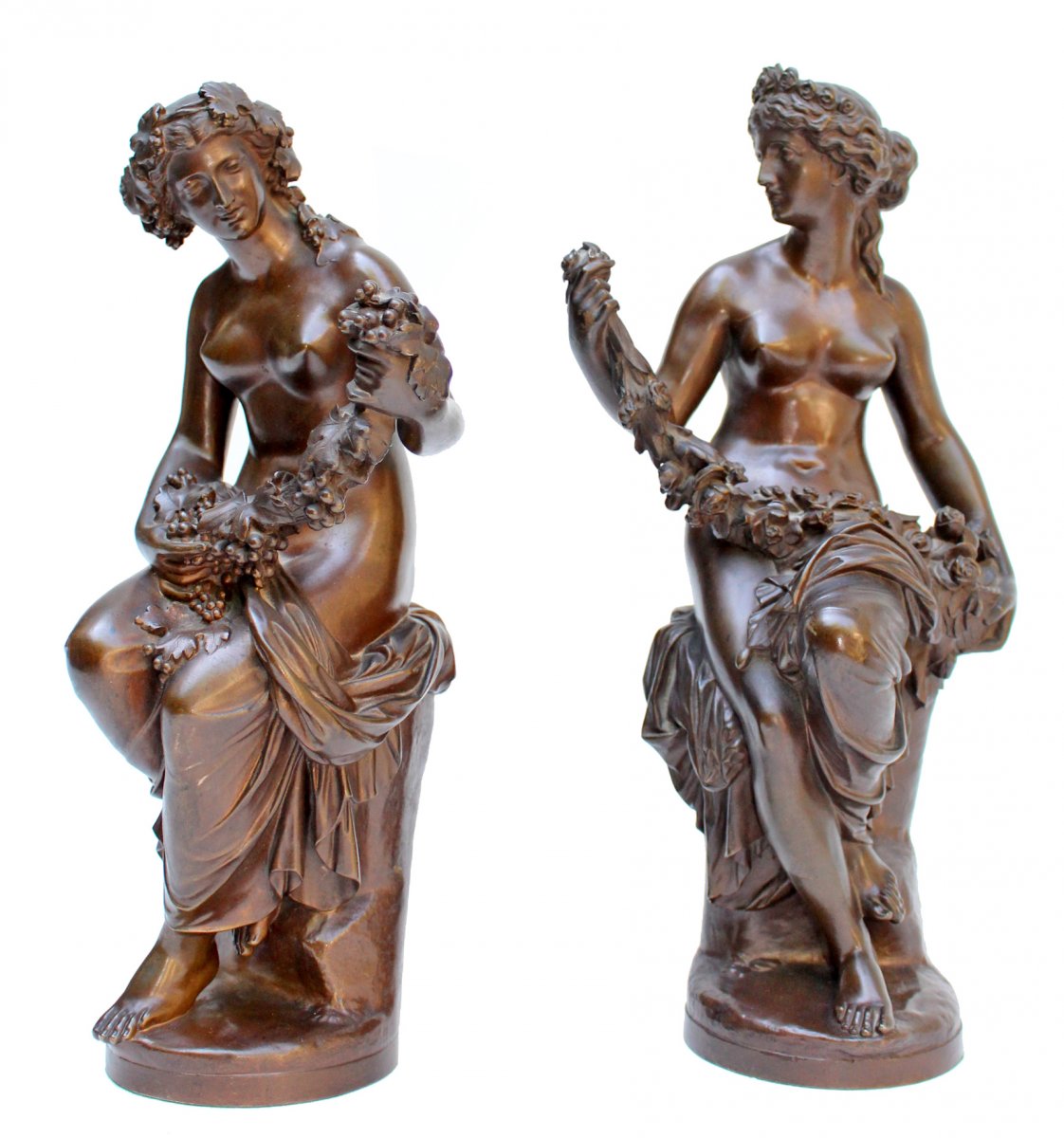
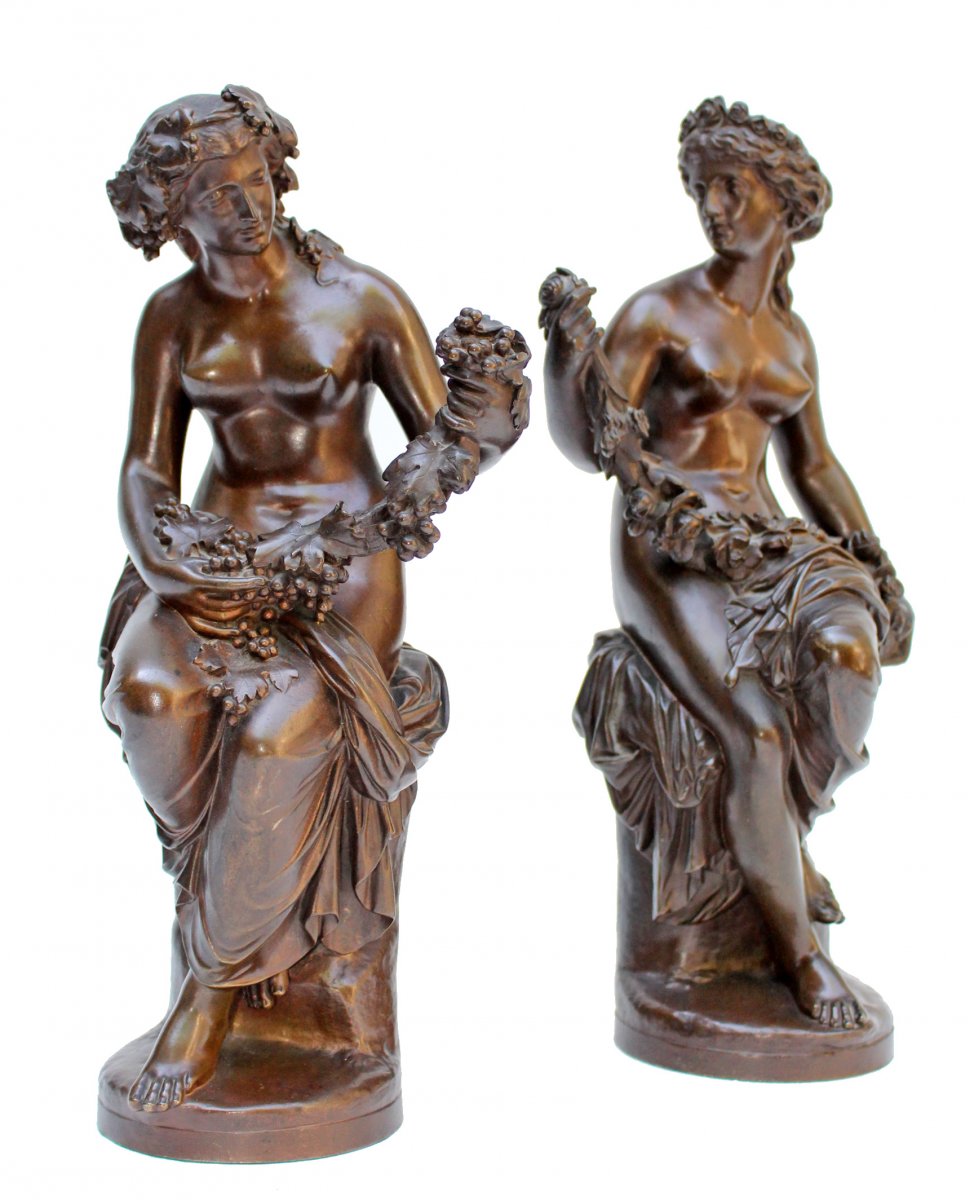
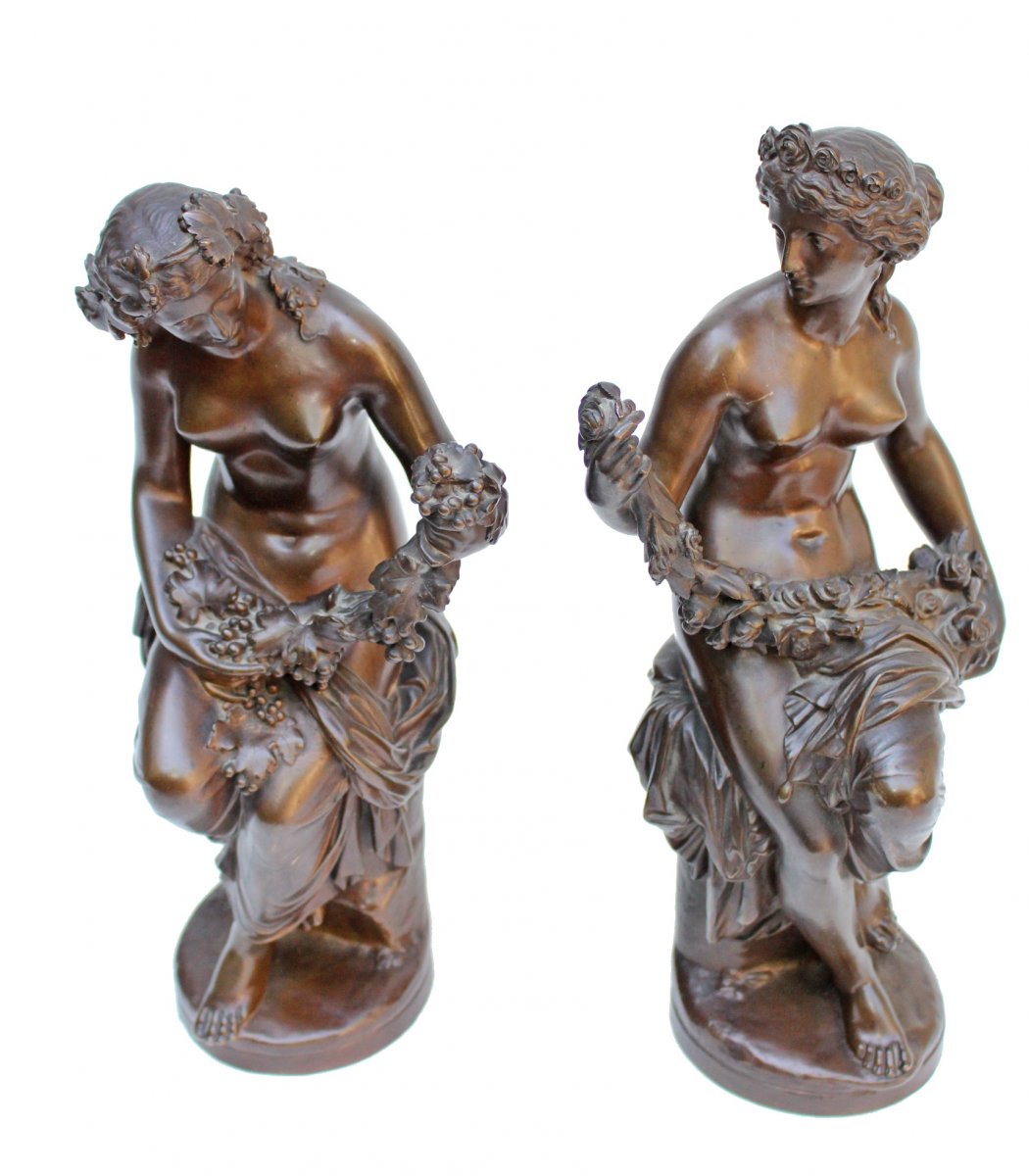
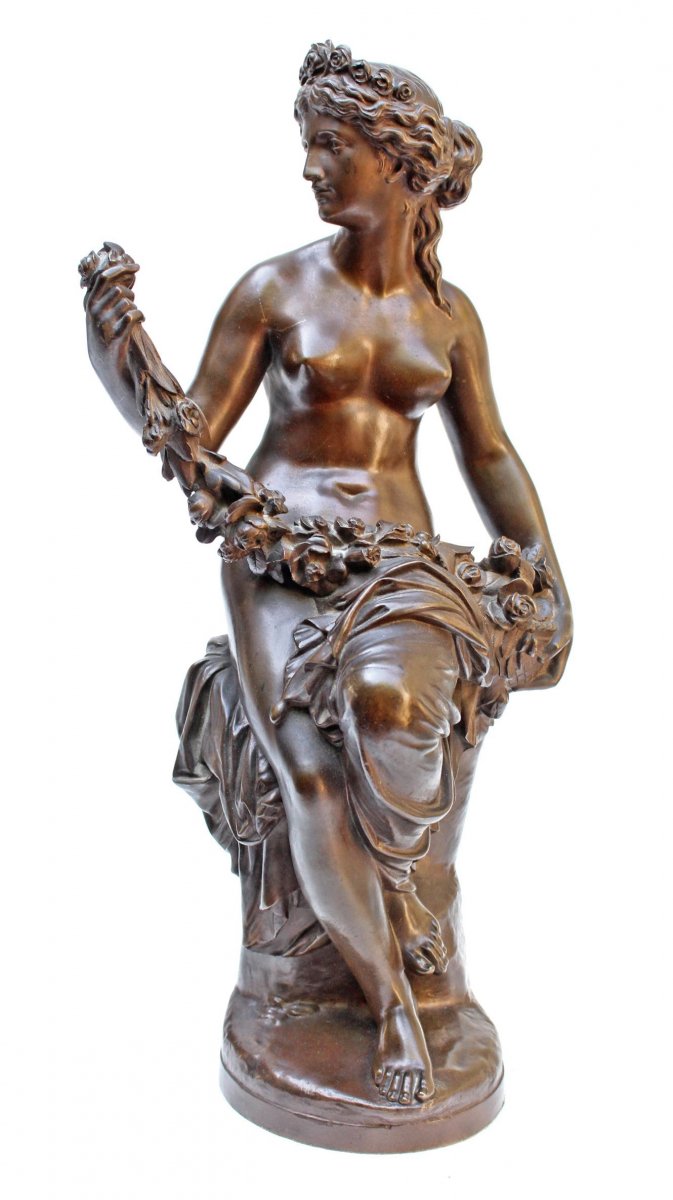
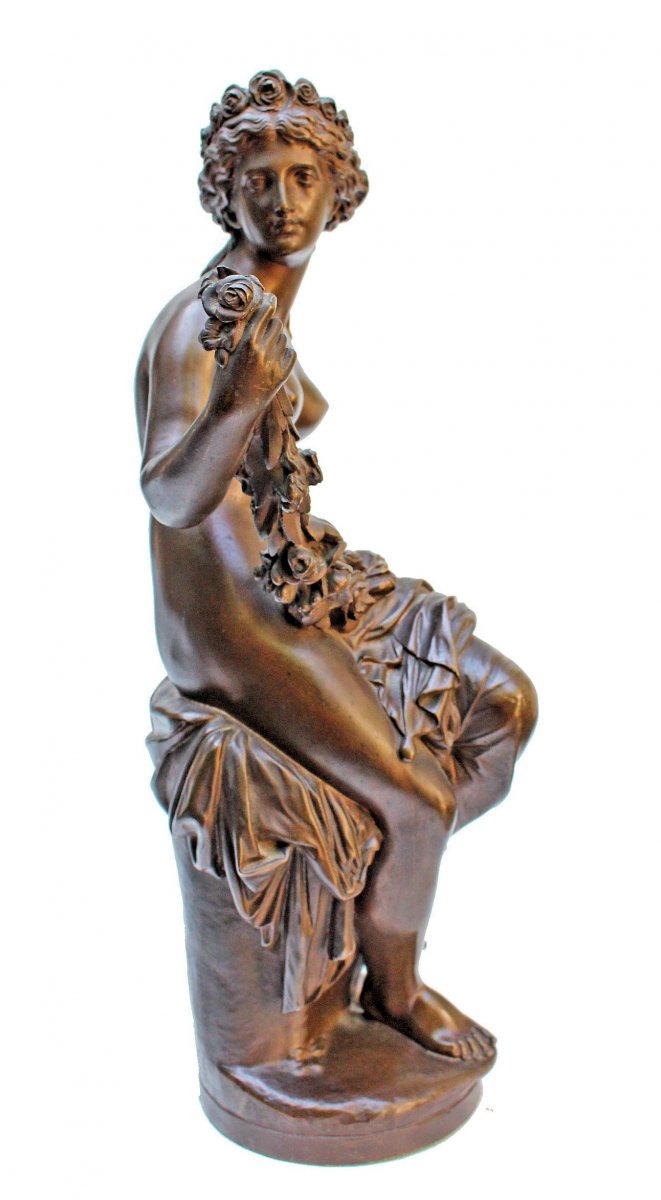
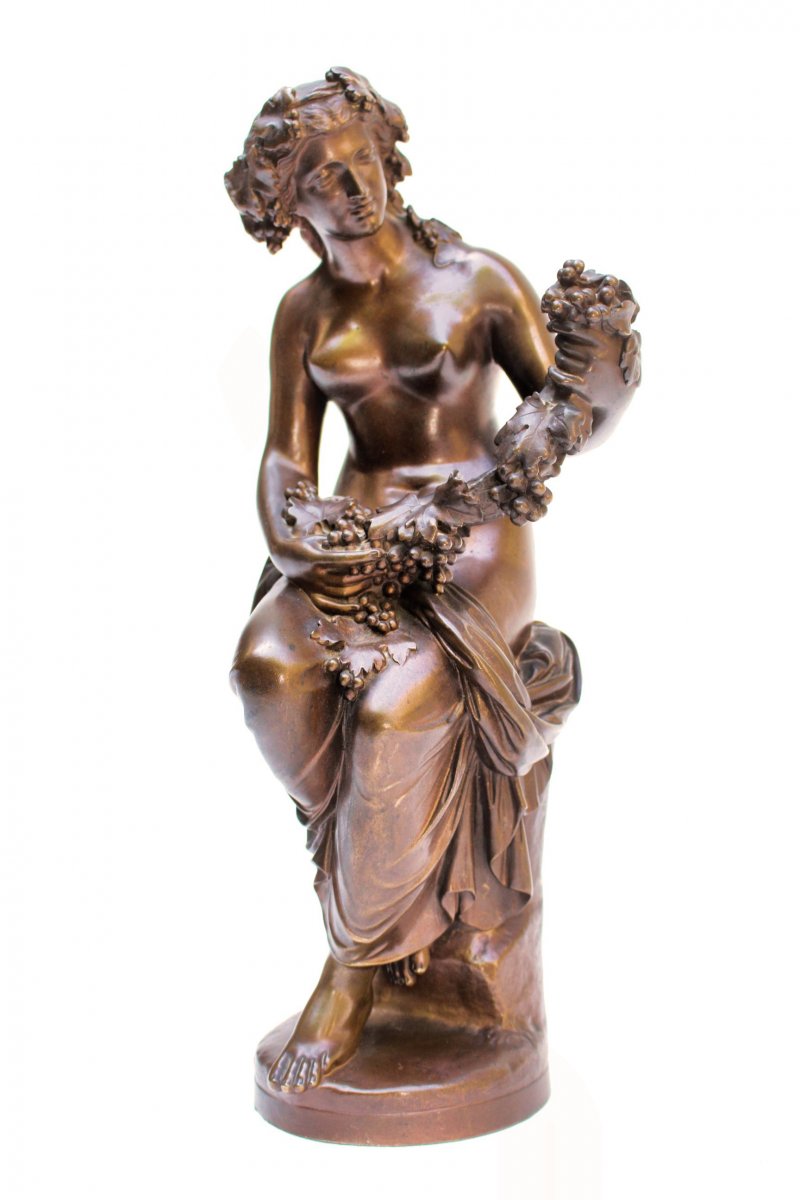
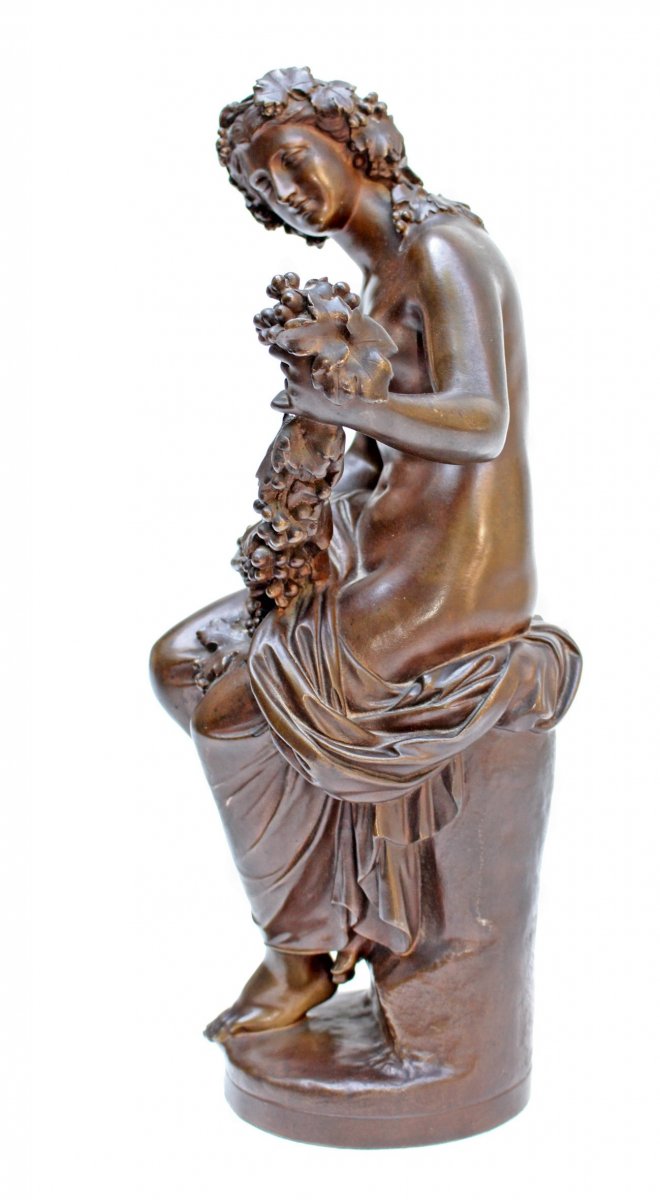
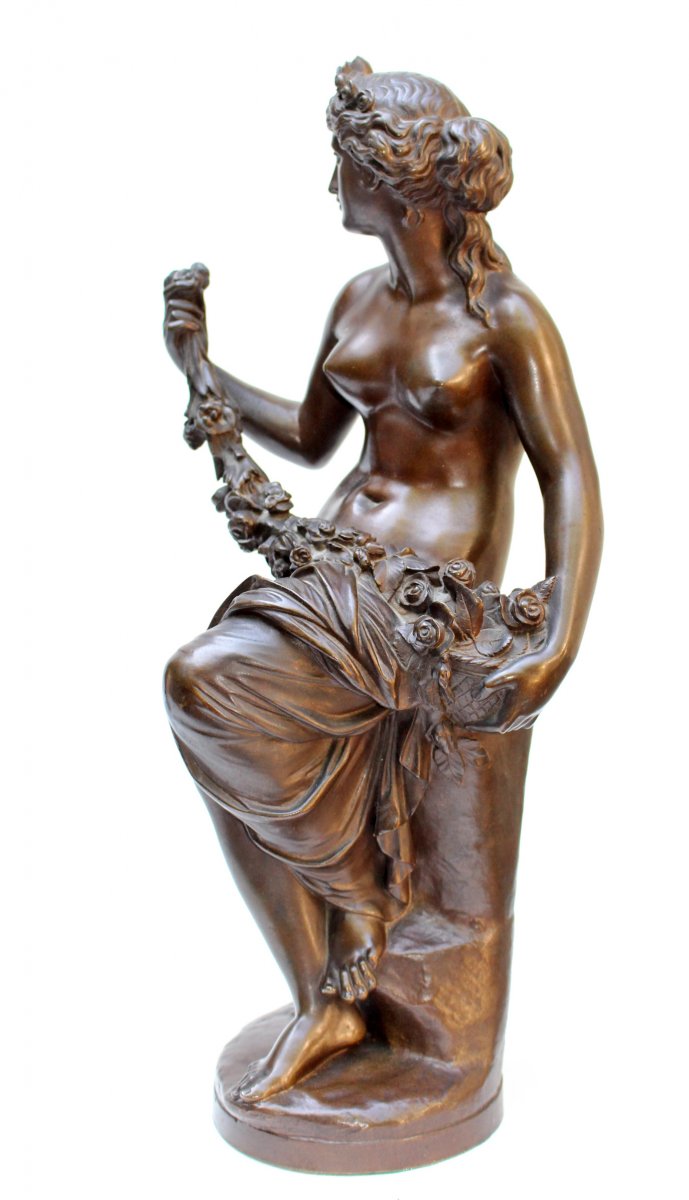
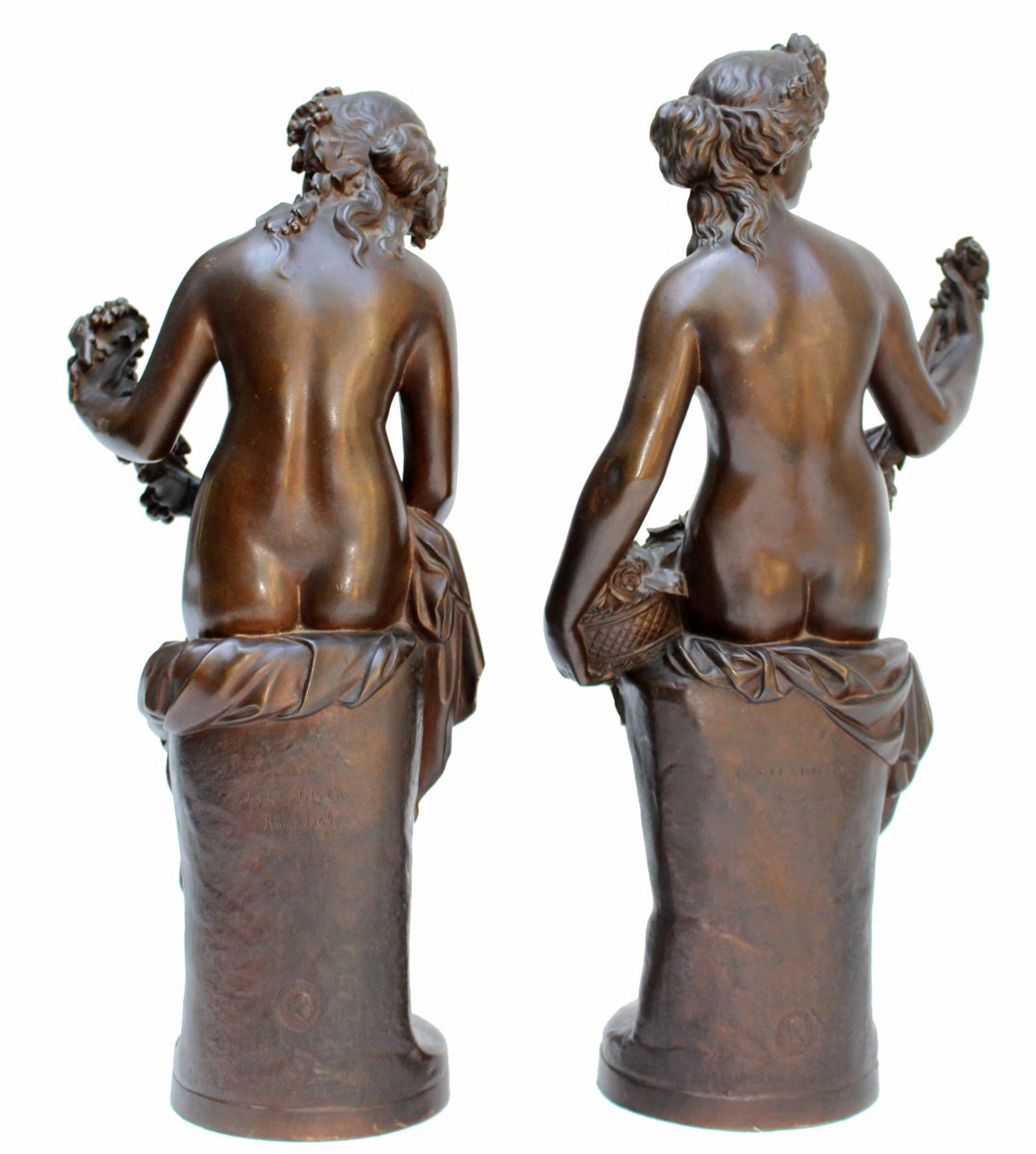
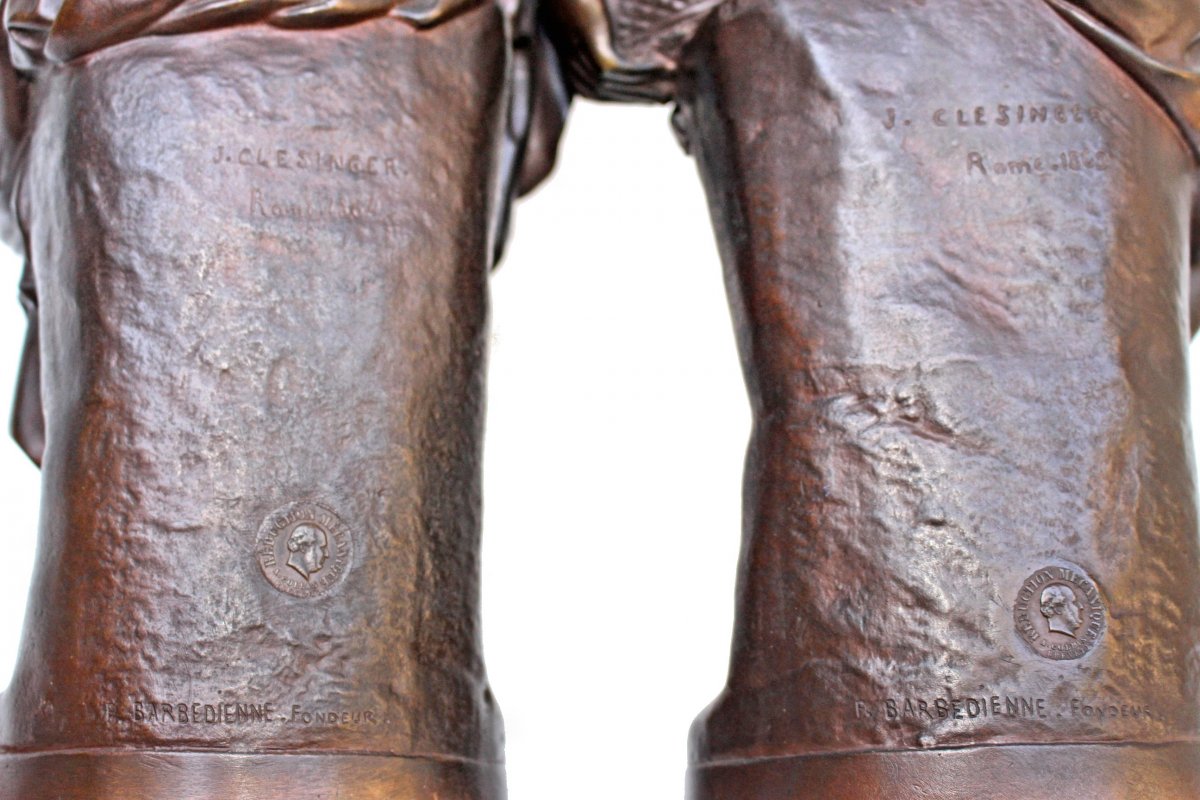












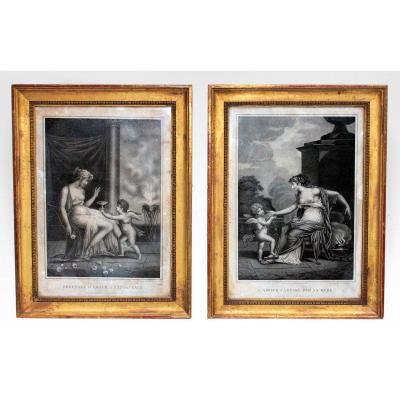
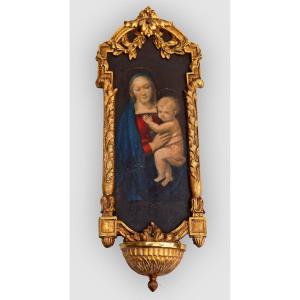


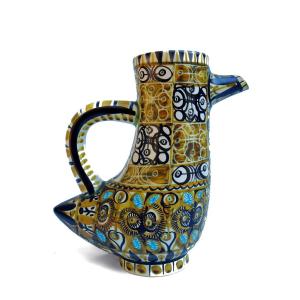

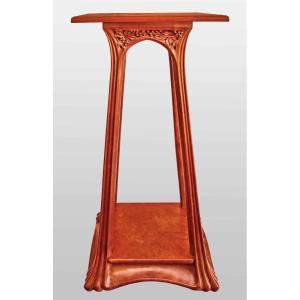
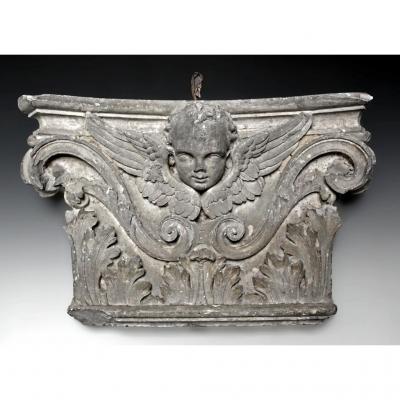



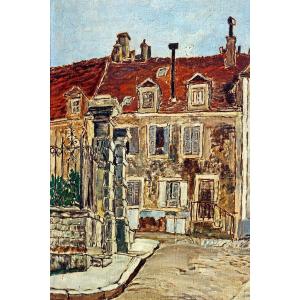











 Le Magazine de PROANTIC
Le Magazine de PROANTIC TRÉSORS Magazine
TRÉSORS Magazine Rivista Artiquariato
Rivista Artiquariato